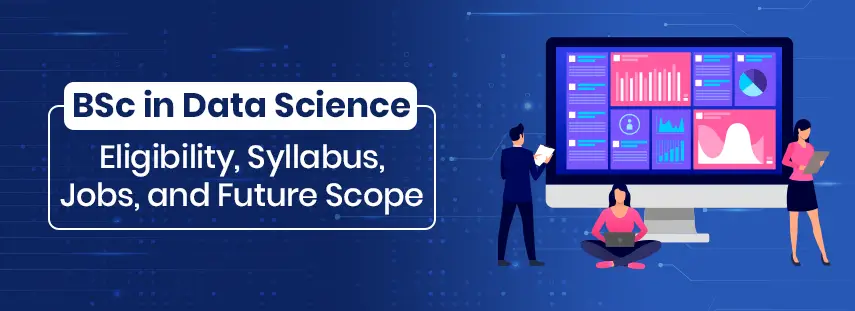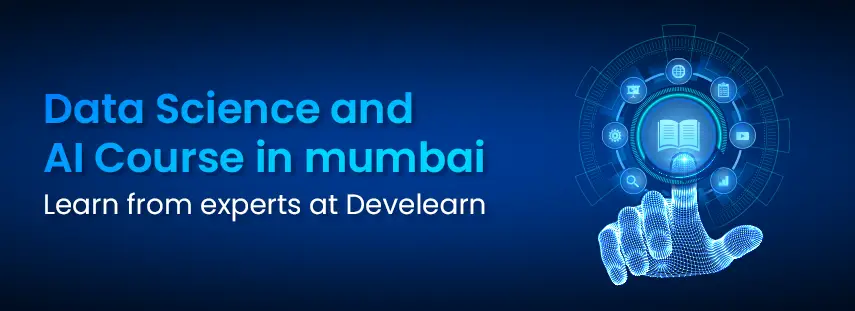Join As Students, Leave As Professionals.
Develearn is the best institute in Mumbai, a perfect place to upgrade your skills and get yourself to the next level. Enroll now, grow with us and get hired.

Optimizing Data Storage and Analysis with Column-Oriented Databases
In today's data-driven world, managing and analyzing vast volumes of information efficiently is paramount. Traditional row-based databases have served us well, but they may not be the most optimized solution for handling modern data requirements. Enter column-oriented databases, a cutting-edge approach to data storage and analysis that promises to revolutionize the way we work with data. Our blog, dives deep into the world of column-oriented databases, offering a comprehensive guide to understanding their architecture, benefits, and real-world applications.
Data Science
Education
Machine Learning
Develearn Technologies
3 minutes
October 6, 2023
Loading content...




